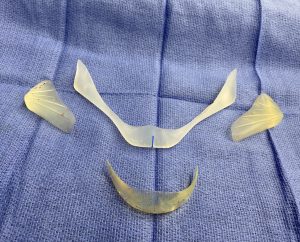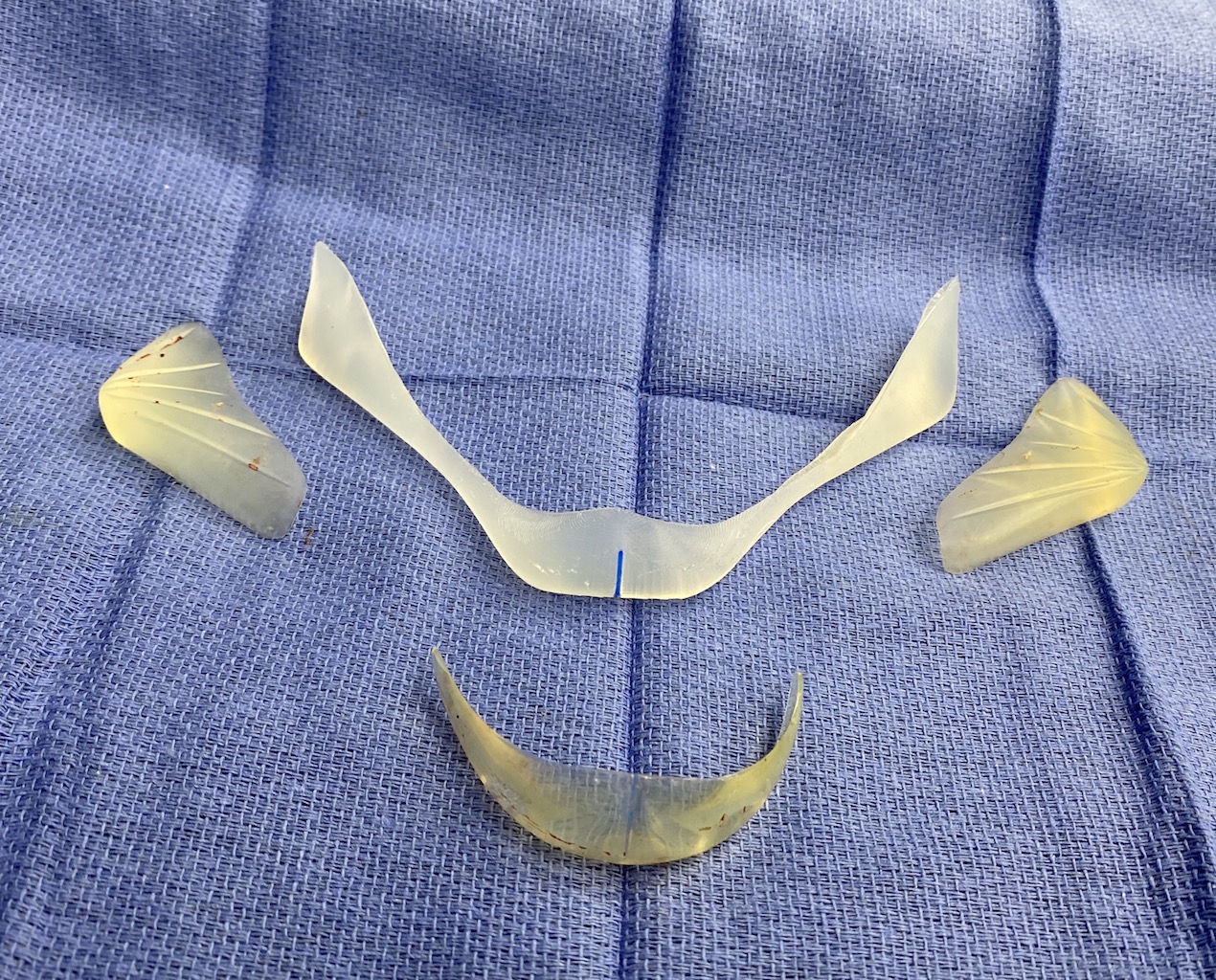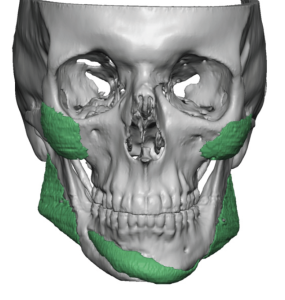There are numerous procedures to reshape the lower third of the face. Many of them are directed at changing or augmenting the lower jawbone while others are used to reduce or tighten the soft tissue around the jawbone to create a more defined lower face. (more visible transition between the face and the neck. In young patients who don’t have much aging augmentation of the jawbone is the primary focus. There may be some supplemental defatting to enhance the bone augmentation effects but the reverse is not true….you can’t defat your way into a better jawline.
The most common and historic procedure for lower jaw enhancement is chin augmentation. While still very useful it is an incomplete lower facial augmentation procedure affecting only the anterior 1/3 of the jawline. While jaw angle implants have been available for decades to augment the back corners of the jaw behind the chin, they have never achieved widespread adoption by most plastic surgeons and still remain an unfamiliar procedure, both from an understanding of how to use them or surgically place them.
The most contemporary and complete method of lower jawbone augmentation is the custom jawline implant. It is a more recent aesthetic jaw augmentation procedure that is, on the surface, the analogue to the use of standard chin and jaw angle implants for total jawline augmentation. But there are differences between them which is important for every patient considering jawline augmentation to appreciate.


In conclusion from an aesthetic standpoint the question is never whether a custom jawline implant produces superior results than the use of three standard chin and jaw angle implants… because it always does. The better question, depending on the patient’s specific lower facial augmentation goals, is how close or far will standard implants come to the aesthetic effects of what the custom jawline implant achieves.
Despite the aesthetic benefits of the custom jawline implant it does have two potential liabilities. It will cost more than standard implants as one would suspect of a custom implant design. Thais increased cost can become irrelevant if revisions and/or replacement are needed with the use of standard implants. The only real definitive liability I have observed is in the uncommon development of an infection. Because the custom jawline implant is all connected an infection anywhere will likely result in total loss of the entire implant. With standard implants an infection at one site does not usually affect the other two implantation sites so all implants do not have to be removed.
Dr. Barry Eppley
Indianapolis, Indiana




